Electric Cornstarch
You can do some pretty amazing things with non-Newtonian fluids, and the same can be said of static electricity. When you combine the two, you […]
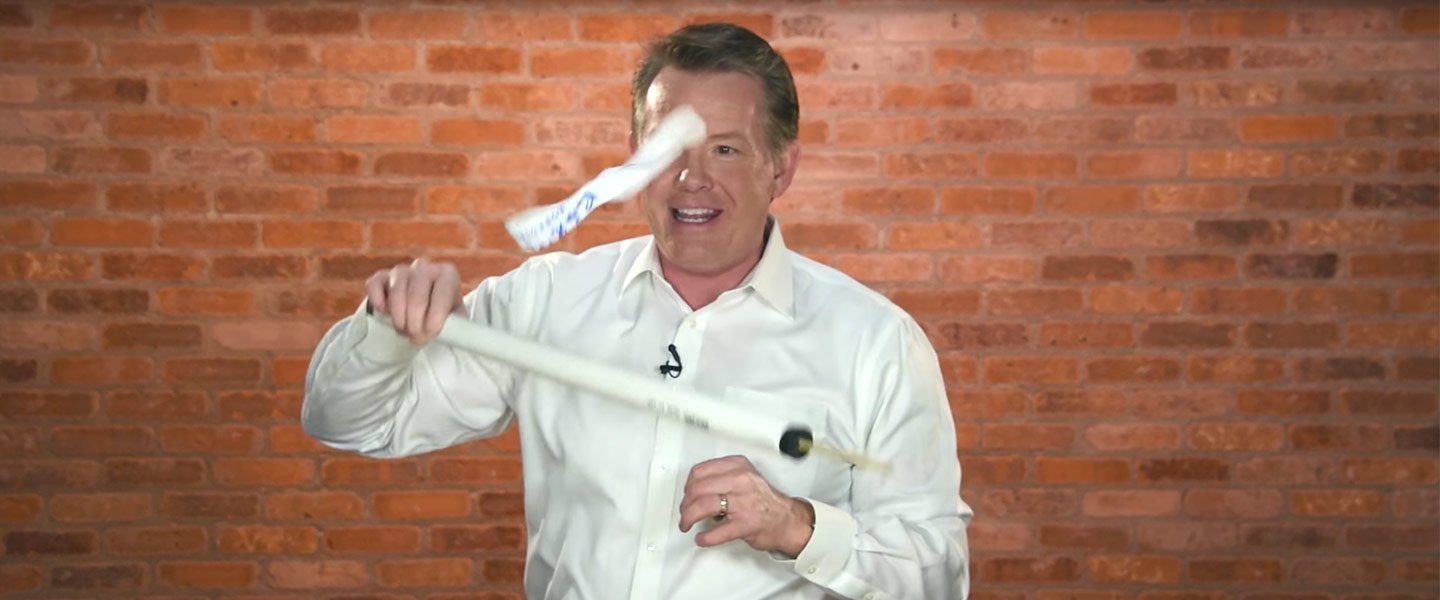
By doing this research, you could end up in the company of people like Ben Franklin, James Watt, Thomas Edison, and Nikola Tesla. Then there are the people behind LEDs, button batteries, and neodymium magnets who started out as innocently curious about electricity as you are now. You’re headed for amazing discoveries involving both stationary and moving electrons.
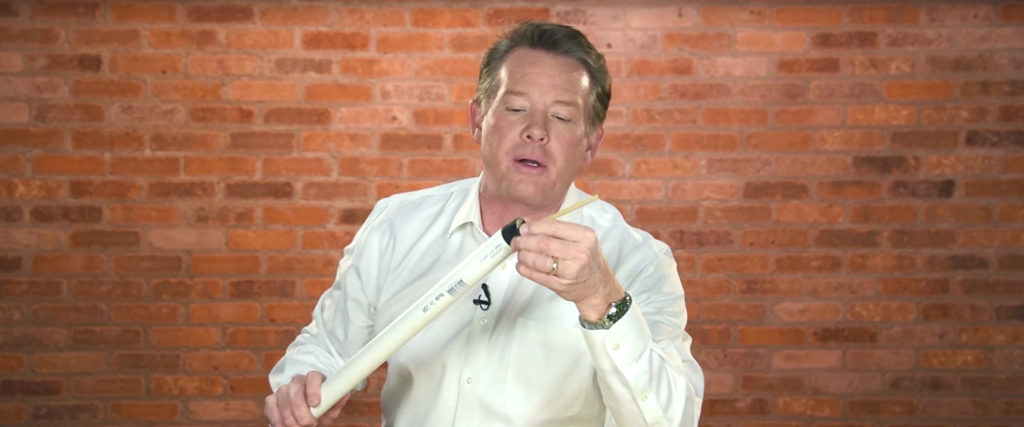
Securely tape the wooden dowel (or pencil) to an end of the PVC pipe. The pencil should extend beyond the pipe by about 5″ (127 mm).
NOTE: It’s important to keep the pipe and the dowel electrically separate. Using a 1-inch stopper in the end of the pipe to hold the dowel is ideal but securely taping the dowel to the end of the pipe should be fine, too.
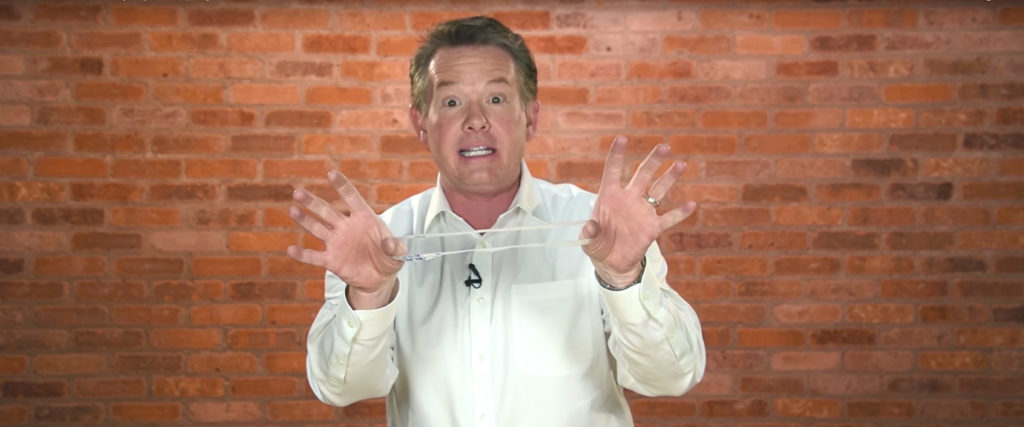
First, cut the handles off of the bag. Next, cut a ring of plastic from around the opening of the bag that’s about 1″ (25 mm) wide. You need a lightweight, continuous band for this activity.
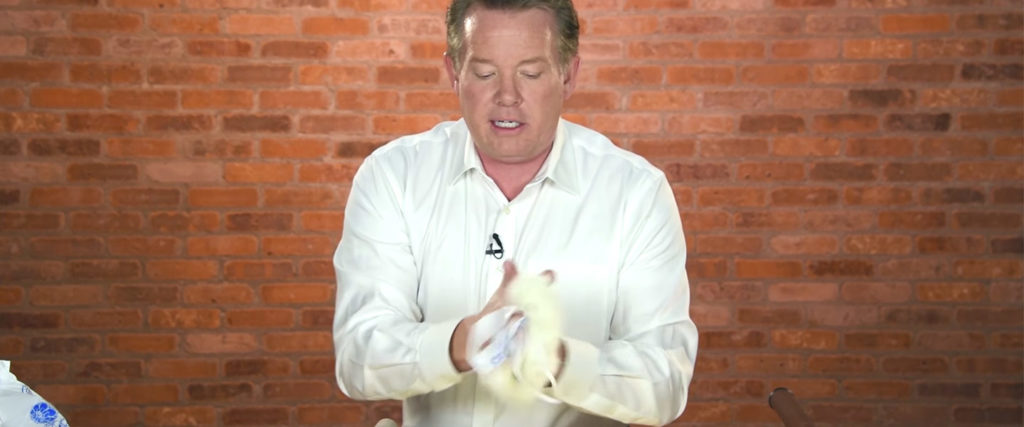
Place the band in the the fur and rub the fur vigorously all over it to build up a static (not moving) charge in the band. You may hear crackling as the charge builds. Place the “charged” band on the table.
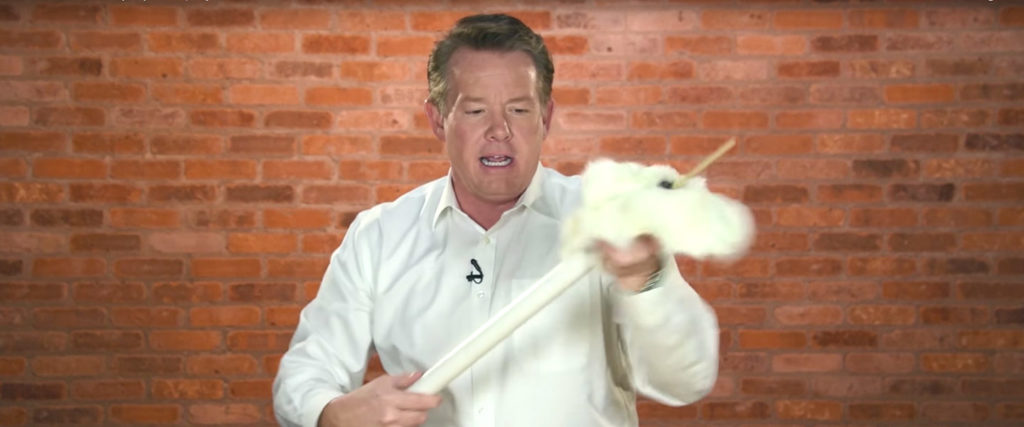
Snugly hold the the same fur against the PVC pipe and vigorously rub the fur along the pipe’s length to build up a matching static charge. You may hear crackling again.
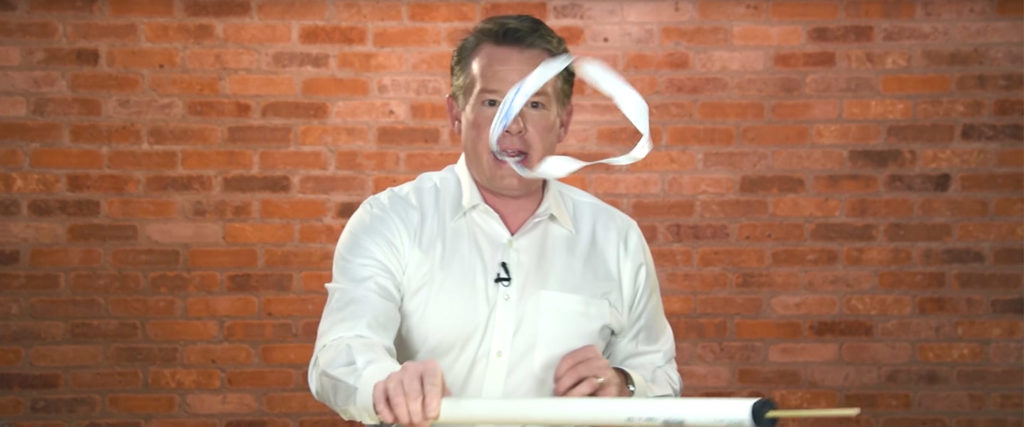
This step is a little tricky and may take some practice. Don’t give up because you’ll be amazed at what happens! Hold the pipe by its non-pencil end and use the tip of the pencil to lift the band. With a gentle flick, toss the band straight up into the air. Then, immediately position the pipe underneath the band at the height of the band’s rise to cause the band to mysteriously float in the air. You can even walk around the room and the band stays suspended in midair above your “magic wand” — well, OK, above the charged pipe, anyway.
The word “static” means stationary, little or no change, or not moving, e.g. “A static display doesn’t move.” So, static electricity is an electrical charge that’s not moving; it invisibly builds up in one place such as on the surfaces of the band or on the PVC pipe. You “see” it by what it does to the objects that hold it or come near it.
Static electricity is governed by charges on particles: they’re either positive protons (+) or negative electrons (–). Similar charges (+ and +) or (– and –) repel or push away from each other. Opposite charges (+ and –) attract or pull toward each other. With that little bit of information, you can probably explain what you saw happening to the band.
Rubbing the fur against the band as well as the PVC pipe transfers a negative charge to both objects. The band floats above the pipe because the increased negative charge in both objects causes them to repel each other. If you really want to impress someone, just tell them that it’s a demonstration of “electrostatic propulsion and the repulsion of like charge.” Wow – that should do it.
A Floating Static Band is a pretty cool activity but it’s not a science fair project. You create a science fair project by identifying and testing variables. A variable is something that might change the outcome. Consider some of the variable options you might test and write up for a science fair project.
These are just a few ideas and you certainly aren’t limited to them! Come up with your own variable to test. Remember, you can change only one variable for each test while making sure that all the other factors in your test remain the same.
This activity was developed by Steve’s good friend and fellow science teacher, Bruce Yeany. He uses it to teach “electrostatic propulsion and the repulsion of like charge” to his very lucky students.